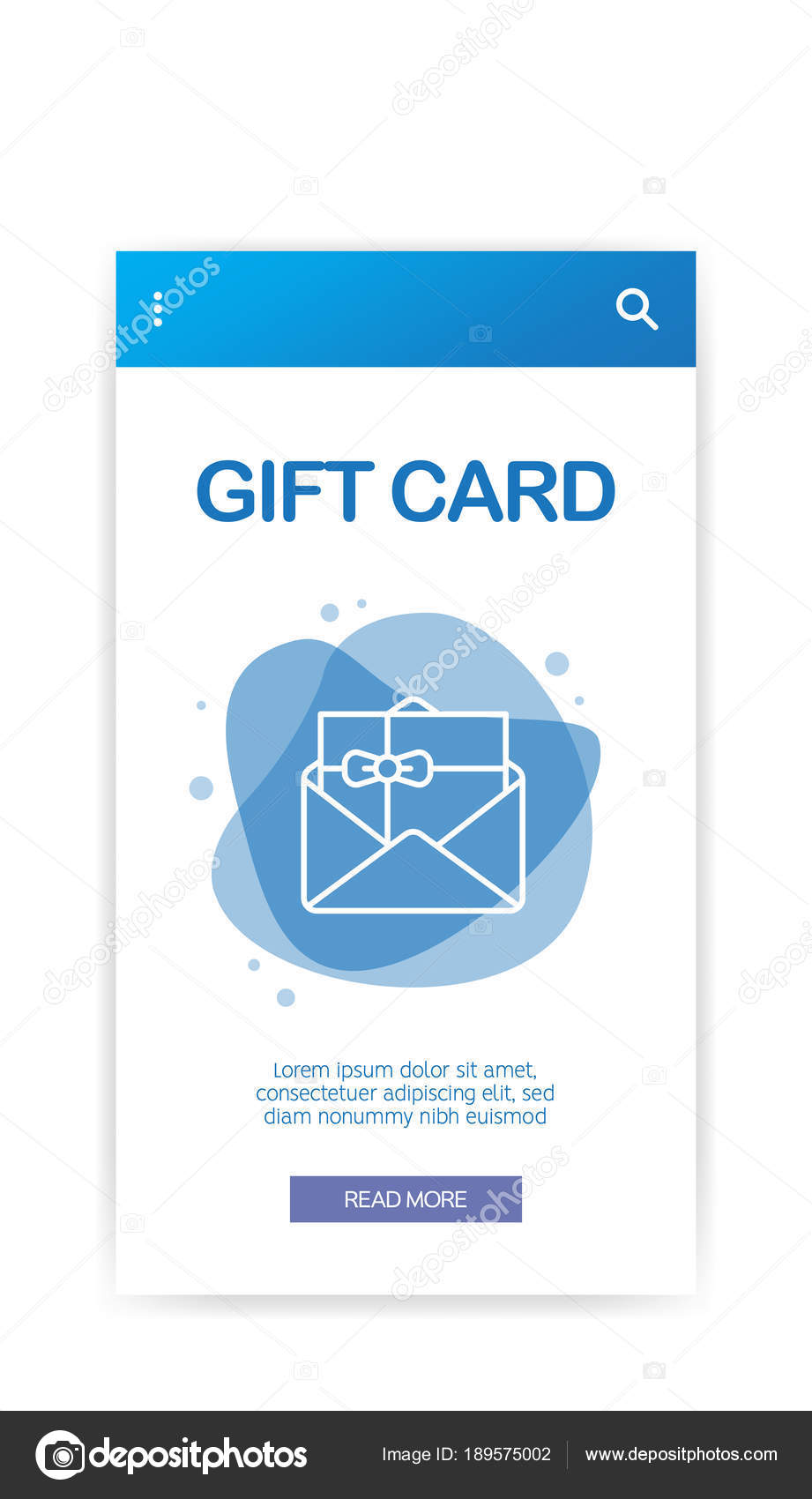A laser is a powerful device for marking and engraving on products like metals, timber, and glass. However when working with a weak material like glass, specific placement of your layout is essential.
Unlike various other laser-marked materials, glass does not vaporize however fractures when subjected to laser heat. This offers the engraved surface area its characteristic look.
Localized Home heating
The laser light communicates with the glass surface area, triggering local heating and perhaps vaporization or ablation. This develops an etched, frosted, or personalized appearance. Unlike inks and paint, laser noting marks are permanent and do not discolor over time.
Laser etching on glass is challenging because of the material's brittleness and sensitivity to thermal shock. The unexpected, quick temperature adjustments created by high laser power can trigger cracking and breakage of the surface area.
To decrease this threat, laser engravers make use of water refrigerators to assist take care of the heat and spread it uniformly over the surface area. Applying a wetting substance or concealing the surface area also assists to reduce breaking and boost laser performance. Furthermore, decreasing the laser power setting and boosting the inscribing speed assistance to keep a consistent temperature level. Additionally, avoiding subjecting the glass to hot air or water immediately after etching will certainly additionally minimize the danger of thermal shock and fracturing.
Transparent Materials
Various laser maker kinds are available, with each having unique wavelengths and power arrays. Some have the ability to produce high-contrast engravings on glass while others might call for additional steps to make sure optimum outcomes.
For example, making use of a paper mask to protect the surface of your work surface from heat can help reduce breaking by dissipating the laser light beam's warmth before it has a chance to affect the glass. Likewise, using a slim layer of dish soap can also reduce the amount of glass fragments that are emitted after the laser process is complete.
Finally, it is necessary to maintain the laser head at a consistent speed throughout the entire process to avoid sudden changes in temperature level that can cause fracturing. In addition, a water-cooled laser system can also help manage the impact of laser heat on delicate materials such as glass. Furthermore, choosing to utilize a Jarvis dither pattern on your laser motorist setups will certainly divide the dots of your visuals, minimizing their general warm usage and effect on the product.
Accuracy
Laser inscription is one of one of the most specific methods for glass marking. It allows for top quality, customized gifts or company applications such as engraved glassware for restaurants that promotes brand name identification and top quality.
Personalized glass is durable and able to stand up to daily usage and cleaning, making it suitable for a variety of applications. It also offers great versatility when it involves the layout of patterns, photos, and message.
Ensure you use the right sort of glass for your task and tweak your laser settings before starting. Various kinds of glass react differently to heat, and readjusting the laser power based on density assists avoid cracking. Additionally, a water-chiller lowers temperature level changes that lead to cracking. Ultimately, concealing the surface of your glass workpiece with a paper towel or a layer of recipe soap can aid dissipate the laser warmth and stop cracking. It is also vital to protect your glass workpiece with a jig to minimize activity that causes misalignment.
Sustainability
Laser noting on glass is an eco-friendly process that lowers using dangerous chemicals and provides clear, irreversible personalized candle glass high-resolution codes. This assists protect items against meddling and counterfeiting while instilling self-confidence in customers.
With a little prep work, laser inscription on glass opens up a globe of possibilities for musicians and makers alike. It is an affordable and lasting option to traditional inscription methods such as sandblasting or engraving creams.
Prior to etching, it is important to pre-heat the glass. This assists restrict thermal shock and prevent cracking of the breakable material. Maintaining the power settings reduced and using a slower cool can likewise aid to avoid glass cracking. Furthermore, a fume extraction system can aid remove smoke, dust, and particle debris from the workspace to maintain the workplace risk-free and clean. As soon as your system is properly established, it's a great concept to try out a couple of examples to find the very best setting for your certain type of glass.
